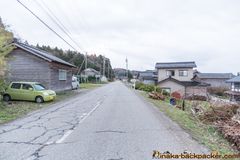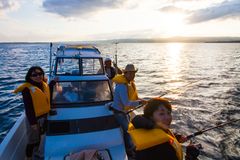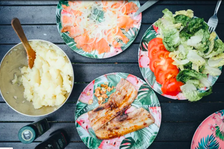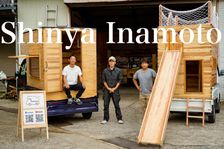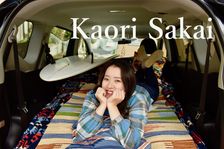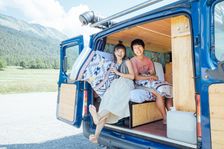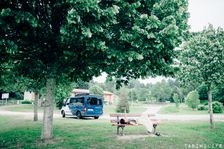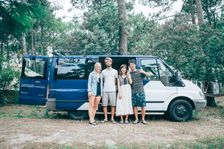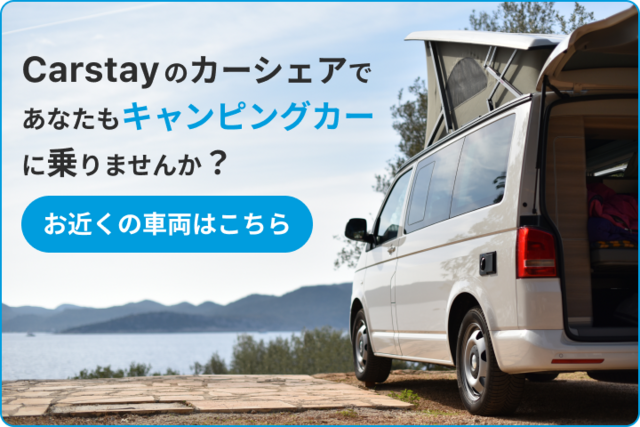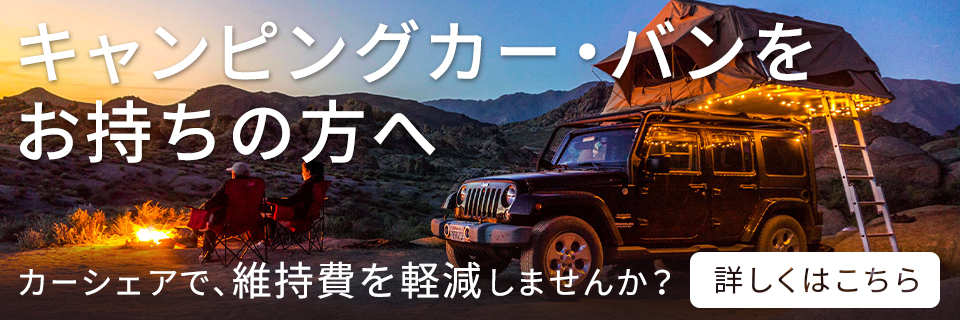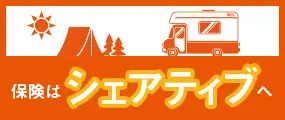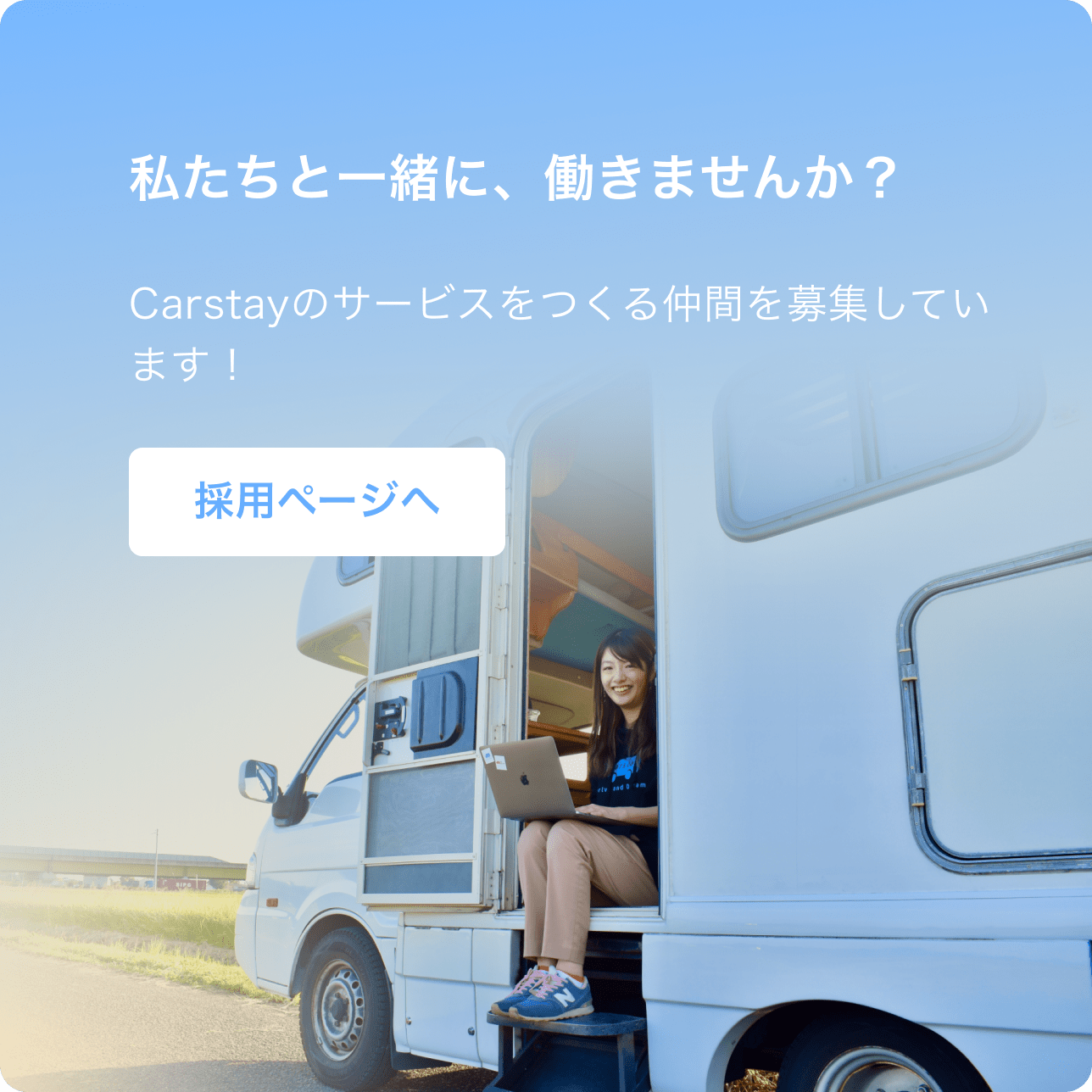

HiAce backcountry backpacking: The new breed of backpackers behind the wheel | Ikuma Nakagawa
26歳からキャンピングカーに乗りはじめて8年目!バンライフ・車中泊について、初心者の頃に知っておきたかった情報や知識を記事で発信しています。平日はスタートアップを経営しつつ、週末は全国へ出かけてます。愛車はモビラボで製造しているバンコン「SAny.VAN」。海の目の前で朝目覚めるのが好きです。
Van Lifers special feature explores the inspiring lives of the next-generation people living in vans. Ikuma Nakagawa (中川生馬) talks about his back country travels leading all the way to Noto Peninsula.
Tell us about your van life and how you got started
I started in May of 2012. Before that, I worked for a company in Tokyo for about ten years. The work itself was pretty interesting and allowed me to do many different things, which was fun. But all I did everyday was wake up early, get crammed on the train, work until late, get crammed on the train, get home, then I wake up early again then go to work again--my whole life revolved around my job. Overtime, a nagging feeling grew inside me that kept asking, "Is this really it?”
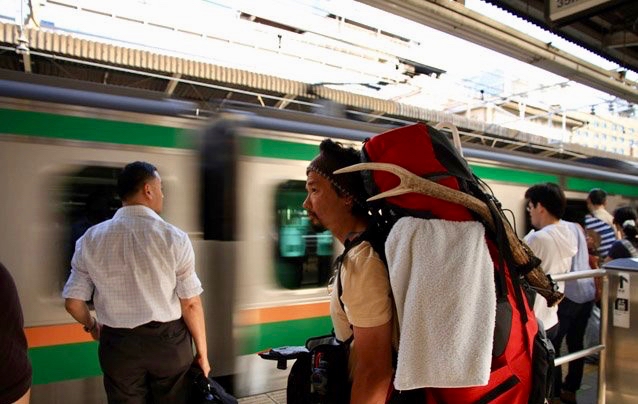
Maybe it's because I went to school in Oregon in the US, exposing me to a lot of diversity, so now I don't feel right following the same path that everyone takes. To shake off my unease, in October 2012, I took a step back from work and went backpacking with my wife to some place in the backcountry we'd never heard of.
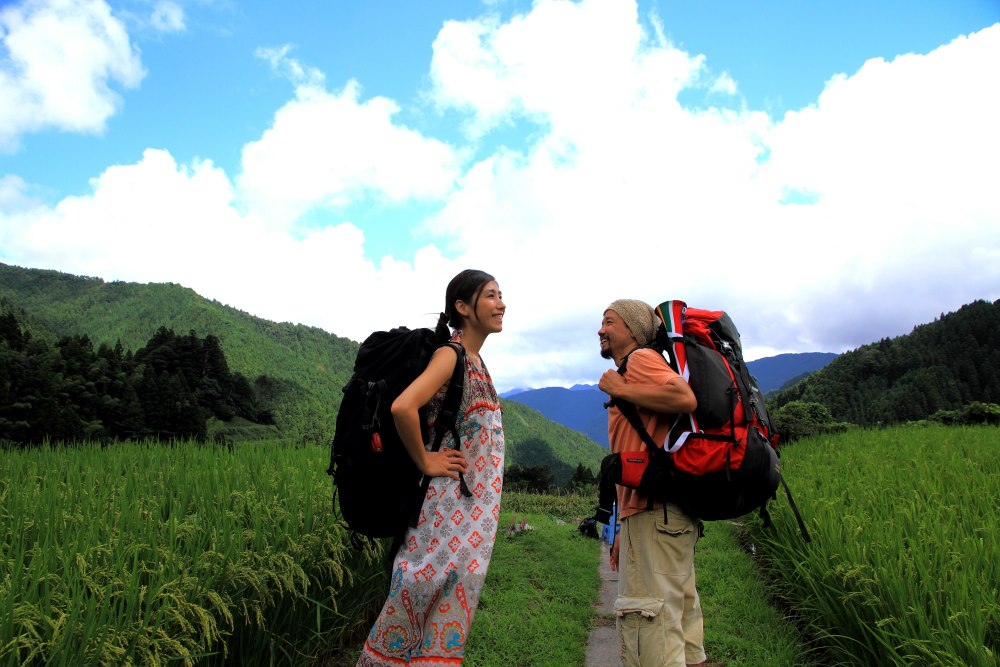
That must've been a big decision for you two! Have you been driving since then?
No, actually, I didn't have a driver's license back then. We used night buses and the local train and our feet. We did serious backpacking, carrying our sleeping bags, tent, cooking utensils, clothes, laptops, camera and other things on our backs while touring the countryside. There were times when we walked about 30 kilometers in a day. Every day after sunset we'd look for a place to set up our tent and then go to sleep. Our tent was our home back then. And the government-provided atlas that they handed us in school was our guide, which had a lot of places we never knew existed before. We discovered new worlds as we visited secluded areas and learned about different people and their lives.
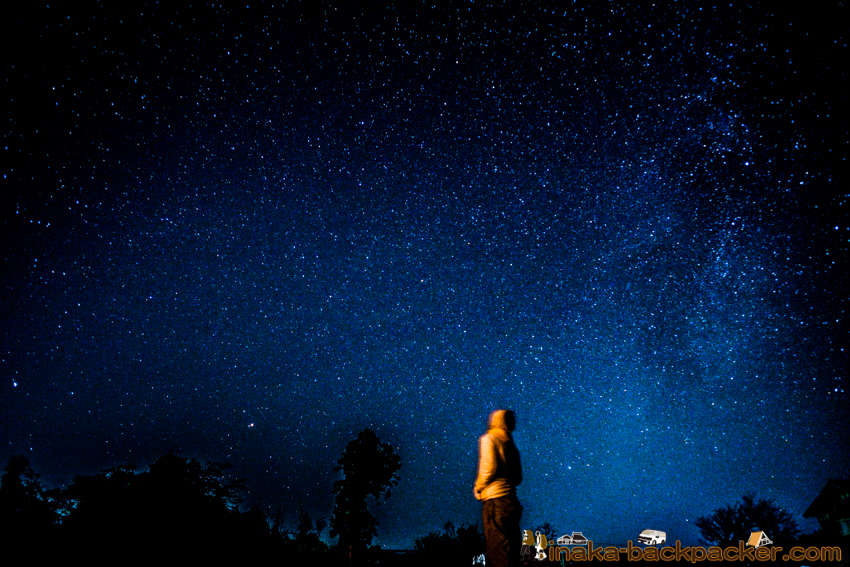
Sounds like serious backpacking indeed! Is that when you first ran across Toyota HiAce?
Right, right. As we were traveling, we met a guy at a station in Amakusa in Kumamoto who's living and traveling in a HiAce. I was stunned. I'd been dreaming about that hippie lifestyle of living where you travel. I asked him to take us with him for 10 days, and we did a "whole coverage" of our first experience with the van life. And I was sold. I thought to myself, "If we had a van like this, we'd both have better transportation and living compartment than what we have now, plus I'd be able to work inside the van just like how I'd imagined my dream "free-moving residence." So, I decided to look for a similar van and found my HiAce Family Wagon C from Annex RVs.
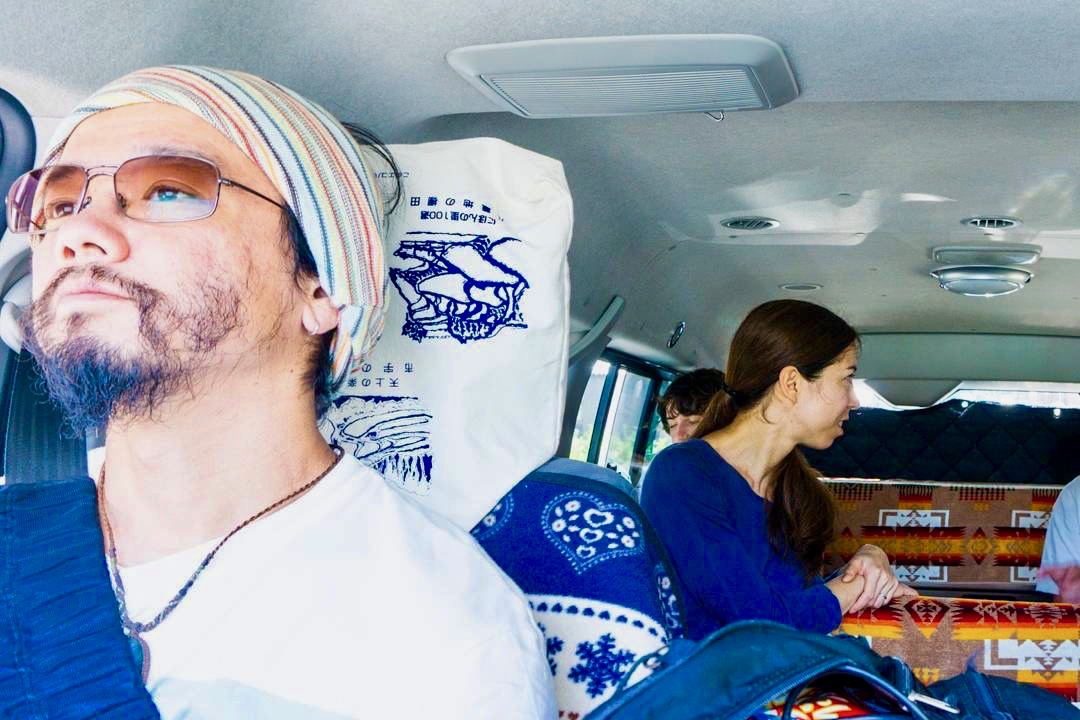
I guess that serendipitous meeting led you to the van life. Was it difficult at first, though?
Not at all. In fact, it was the other way around. Our quality of life improved considering we'd been traveling on foot and sleeping in a tent. (laughs) Traveling and sleeping became much more comfortable, but more than anything, having power supply made the difference. We gained a 250w solar panel and energy storage. Also, we became immune to the weather and were able to better reach our destinations, some of which were otherwise inaccessible like Hokkaido! We're literally discovering new worlds in Japan! We encountered brown bears and Ezo deer in Shiretoko, and we watched orcas and sperm whales in the Rausu side of the Okhotsk Sea—and took pictures too! It was such a sublime experience. I never thought that Japan was this big.
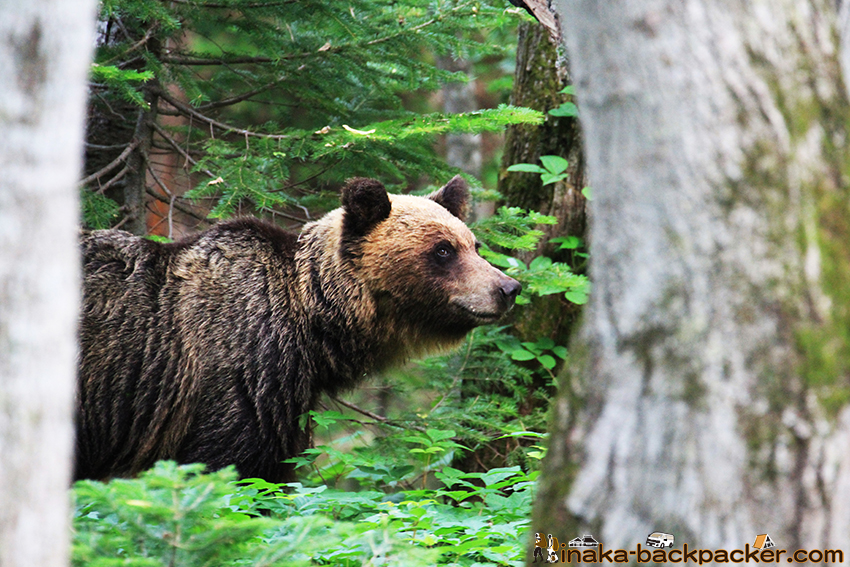
Since you're literally traveling all over Japan, how do you squeeze work into your busy life?
I take advantage of my previous experience working in PR by blogging all about my van life. My main work is maintaining my blog about "travels and lifestyle in the countryside." Also, I made ties through my travels with a famous company in Kamikatsu in Tokushima Prefecture called "Happa Business" and am now involved in their community engagements and public relations. By the way, there's this 88 km gravel road called "Kenzan Super Forest Road" that goes through a forest, which has a breathtaking view in fall. I highly recommend driving here. Oh, and yeah, I work in my HiAce. I built a workspace inside my RV so it's really convenient. You can work while you’re on the road. And if I need a change of pace, I just go to the beach.
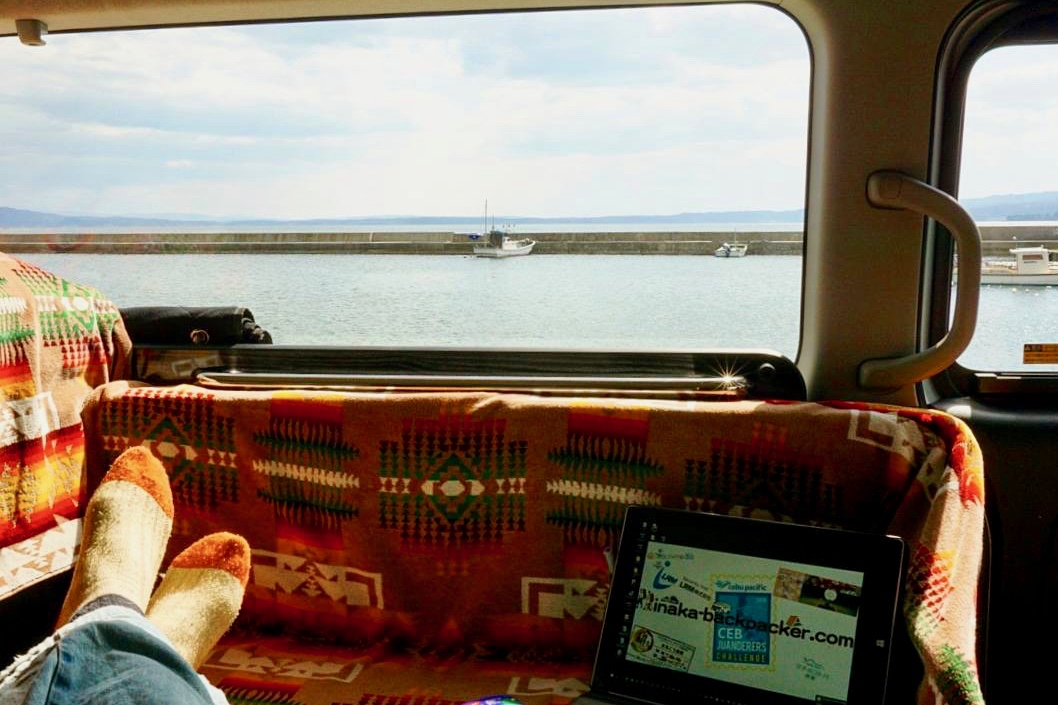
Did you move to Noto Peninsula after working and traveling around Tokushima?
Yes, in May 2013. Until then I had travelled in the countryside about 35,000 km since I started in October 2010. I'd literally travelled all over Japan. But I met the people of Anamizu [the southeastern coastline of Noto] in Ishikawa Prefecture... they taught me what country life is, showed me around their town, shared delicious food with me, introduced me to everyone, gave me work.... man, they did so many things for me. Even when I was away, they'd still keep in touch with me. It was absolutely a special place for me. I also really liked the area especially this place called Iwaguruma with its small mountains, projecting a soft background behind a soothing calm lake-like ocean. I just loved the space and the natural view of self-sustaining fisheries and agri-farms. Eventually, I decided that I wanted to move to there to Iwaguruma.
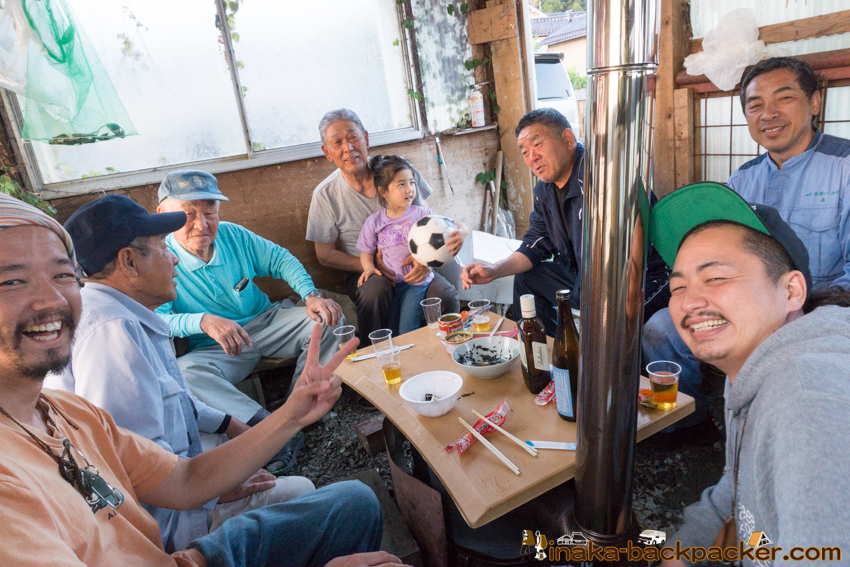
So, it was the people that made you decide to move. How's life in Noto for you since?
It's been five years since I moved and I've been working for IT startup companies in Tokyo and in rural areas, doing PR, writing, and making websites in Japanese and English. Basically, I'm trying to make use of all my skills as a full time freelancer. I also started giving "RAW country life experience" tours for tourists so they get the full experience of Satoyama-Satoumi and get to know the locals in Anamizu(You can book tours by Carstay). For example, we do boat fishing with the local fishermen, harvest oysters, then grill what we caught like a survival reality show. This has been really popular with tourist from abroad lately.
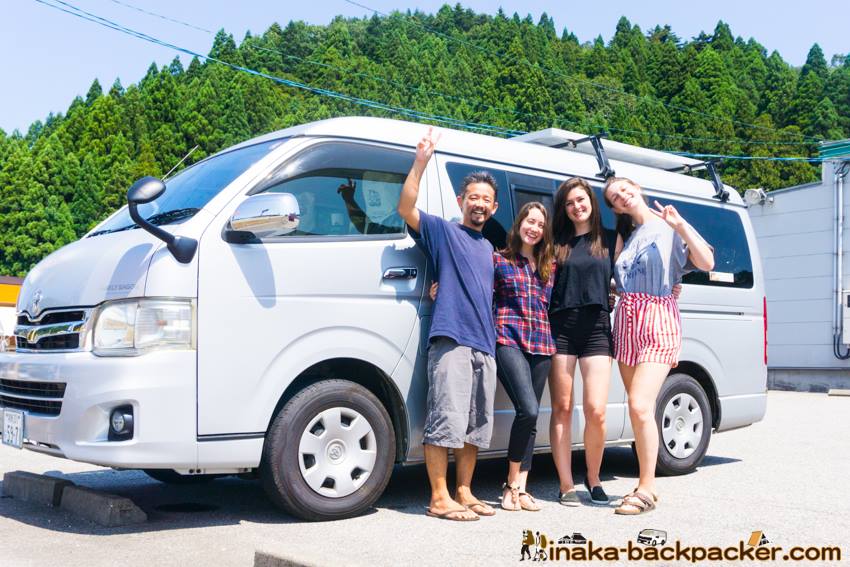
And they also enjoy our mini RV road trips to popular scenic routes in Oku-Noto, like the Okedaki Falls or Dogasaki Cave, and especially the Shiroyone Senmaida Rice Terraces. I want to continue visiting new places and meeting more travelers with my RV. Recently, my daughter and I are starting to get obsessed with it!
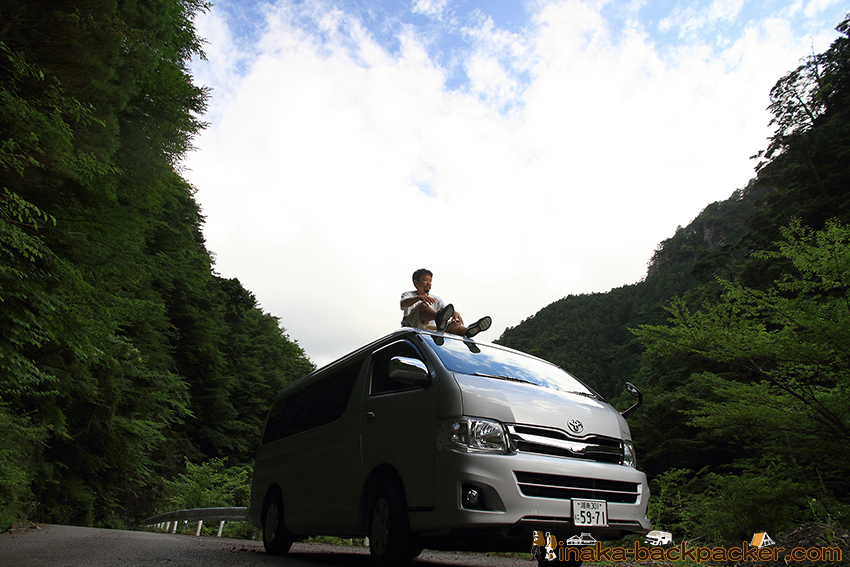
I think the slogan "Lifetime Traveller" really fits your amazing life! Please give your final message to the readers who might be interested in the van life.
I think the younger you are, the more likely you'll appreciate the van life. I mean, your generation likes working remotely, and doesn't obsess about material things like condos, watches, and luxury brands. Instead, you all collect experiences. So, I definitely think you'll enjoy the fast-pace and the never-dull car travel lifestyle. Find camping grounds with Carstay now and let's drive together to the countryside!
Interviewee: Ikuma Nakagawa (中川生馬)
Noto resident and country life aficionado. Local and international back country backpacker/ van camper and blogger.
Click here to book the camper van/the car staying place/activity featured in this article
26歳からキャンピングカーに乗りはじめて8年目!バンライフ・車中泊について、初心者の頃に知っておきたかった情報や知識を記事で発信しています。平日はスタートアップを経営しつつ、週末は全国へ出かけてます。愛車はモビラボで製造しているバンコン「SAny.VAN」。海の目の前で朝目覚めるのが好きです。
